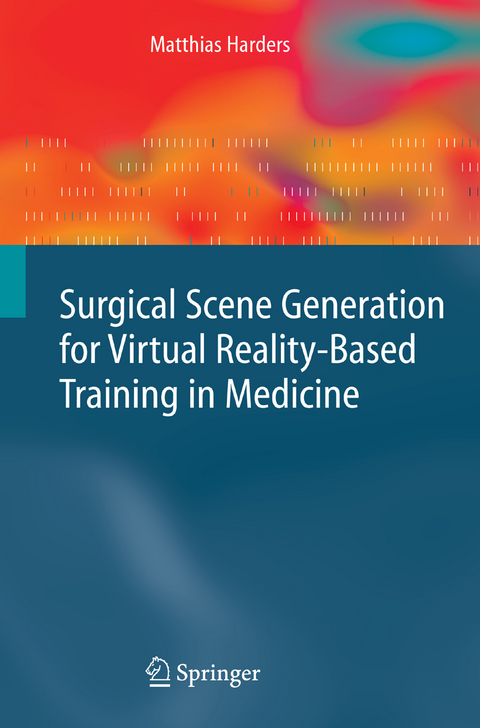
Surgical Scene Generation for Virtual Reality-Based Training in Medicine
Springer London Ltd (Verlag)
978-1-4471-6862-1 (ISBN)
The field of medicine lends itself very well to VR-based training particularly in the area of surgery. In this book Matthias Harders examines the main components needed when defining effective scenarios:
• scene geometry
• organ appearance
• biomechanical parameters
providing an extensive overview of related work and introducing specific solutions in detail.
With plenty of examples to show the outcome and performance of the methods presented in the book, this will be an essential resource for all those involved in generating training scenarios in medical education, as well as in VR-based training in general.
Introduction.- Surgical Education.- Geometry.- Relevance to Surgical Education.- Process Elements.- Data Acquisition.- Uterine Image Acquisition.- Healthy Anatomy Generation.- Shape Prediction.- Pathology Integration.- Skeleton-based Design.- Cellular Automata Growth Model.- Particle System Growth Model.- Volumetric Representation.- Appearance.- Texturing in Computer Graphics.- Relevance to Surgical Education.- Data Acquisition and Enhancement.- In-vivo Image Acquisition.- Image Enhancement.- Base Texture Generation.- Texture Generation for Laparoscopic Simulation.- Texture Generation for Hysteroscopic Simulation.- Embedding of Specks into Liver Textures.- Biomechanics.- Deformation Models.- Tissue Parameter Acquisition.- Genetic Optimization Approach.- 2D Topology Optimization.- Extension to 3D Topology Identification.- Analytical Derivation.- Derivation for Constant Strain Triangle.- Derivation for Tetrahedral Element.- Conclusion.- Hysteroscopy Simulation.- Extension: Vessel Generation.
| Erscheinungsdatum | 01.07.2016 |
|---|---|
| Zusatzinfo | XX, 167 p. |
| Verlagsort | England |
| Sprache | englisch |
| Maße | 155 x 235 mm |
| Themenwelt | Schulbuch / Wörterbuch ► Unterrichtsvorbereitung ► Unterrichts-Handreichungen |
| Informatik ► Grafik / Design ► Digitale Bildverarbeitung | |
| Mathematik / Informatik ► Informatik ► Software Entwicklung | |
| Mathematik / Informatik ► Informatik ► Theorie / Studium | |
| Medizin / Pharmazie ► Medizinische Fachgebiete ► Chirurgie | |
| Sozialwissenschaften ► Pädagogik | |
| ISBN-10 | 1-4471-6862-3 / 1447168623 |
| ISBN-13 | 978-1-4471-6862-1 / 9781447168621 |
| Zustand | Neuware |
| Haben Sie eine Frage zum Produkt? |
aus dem Bereich


